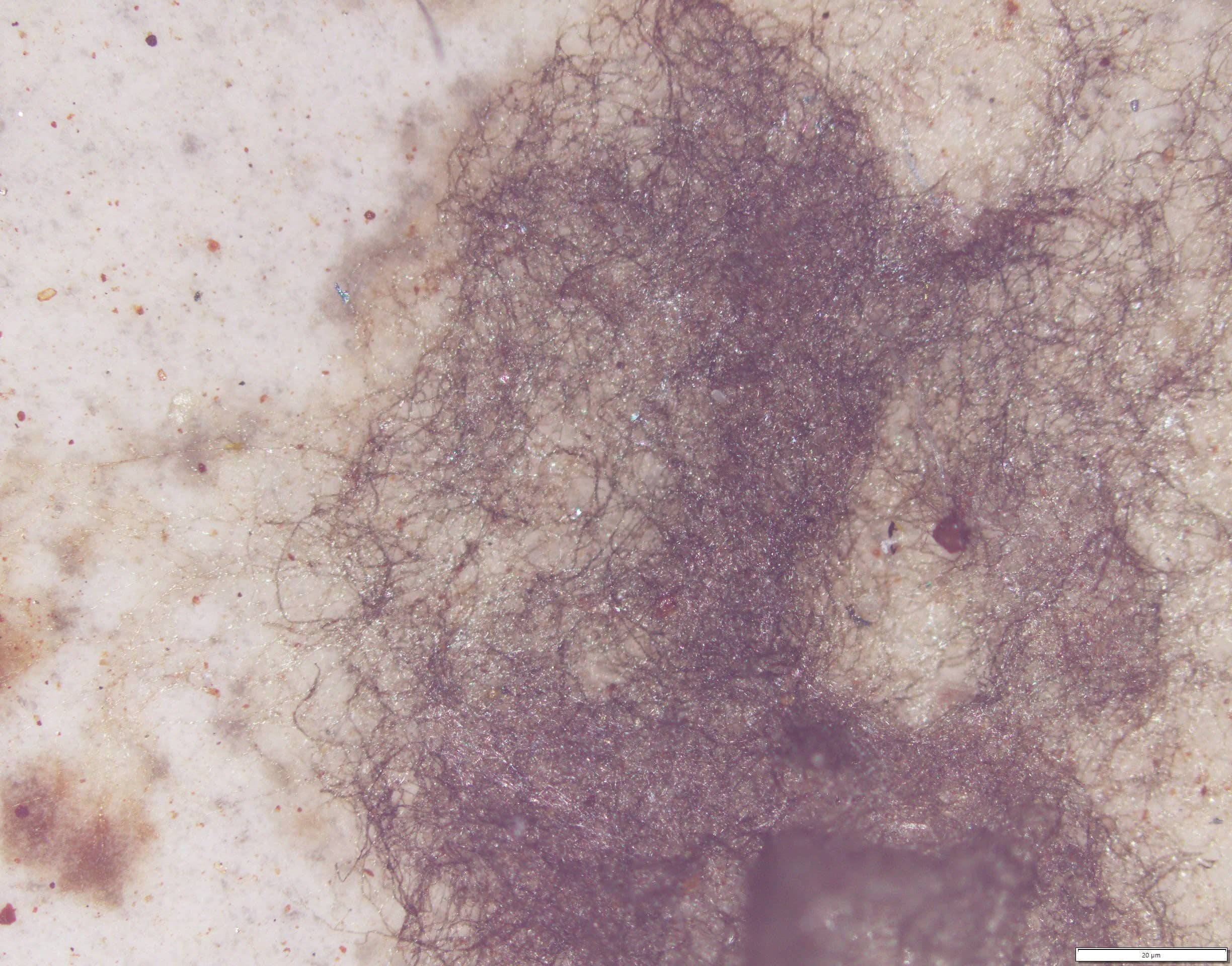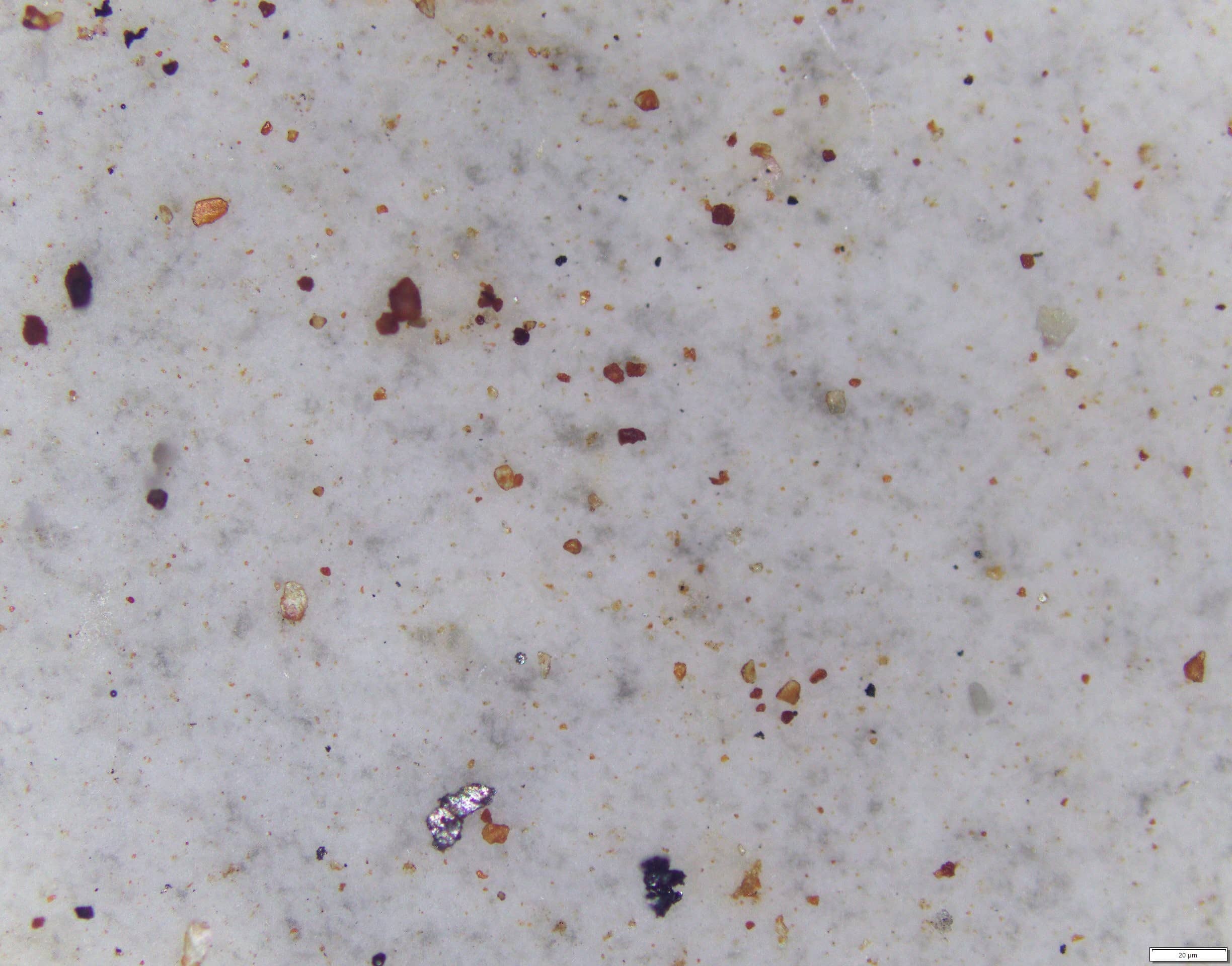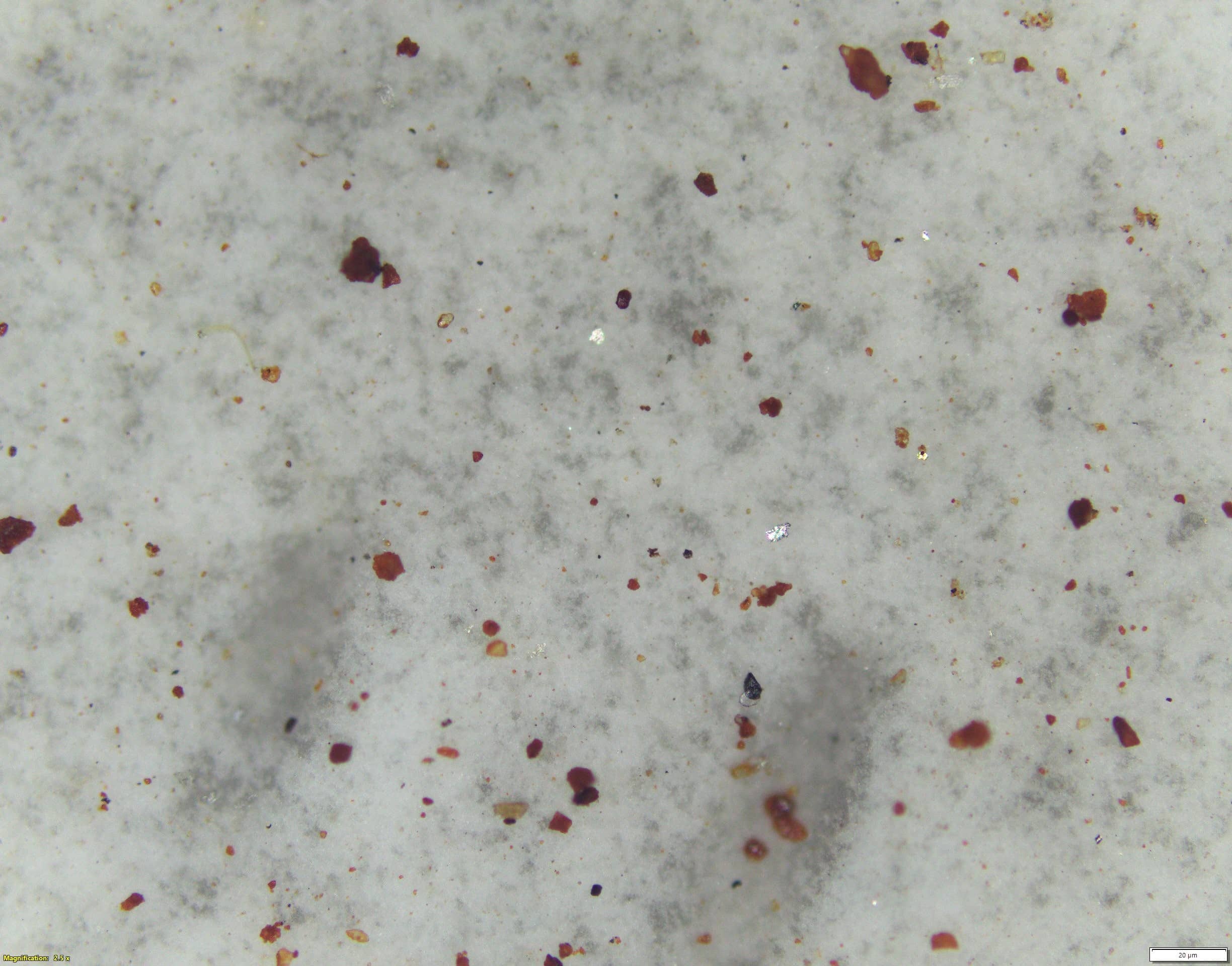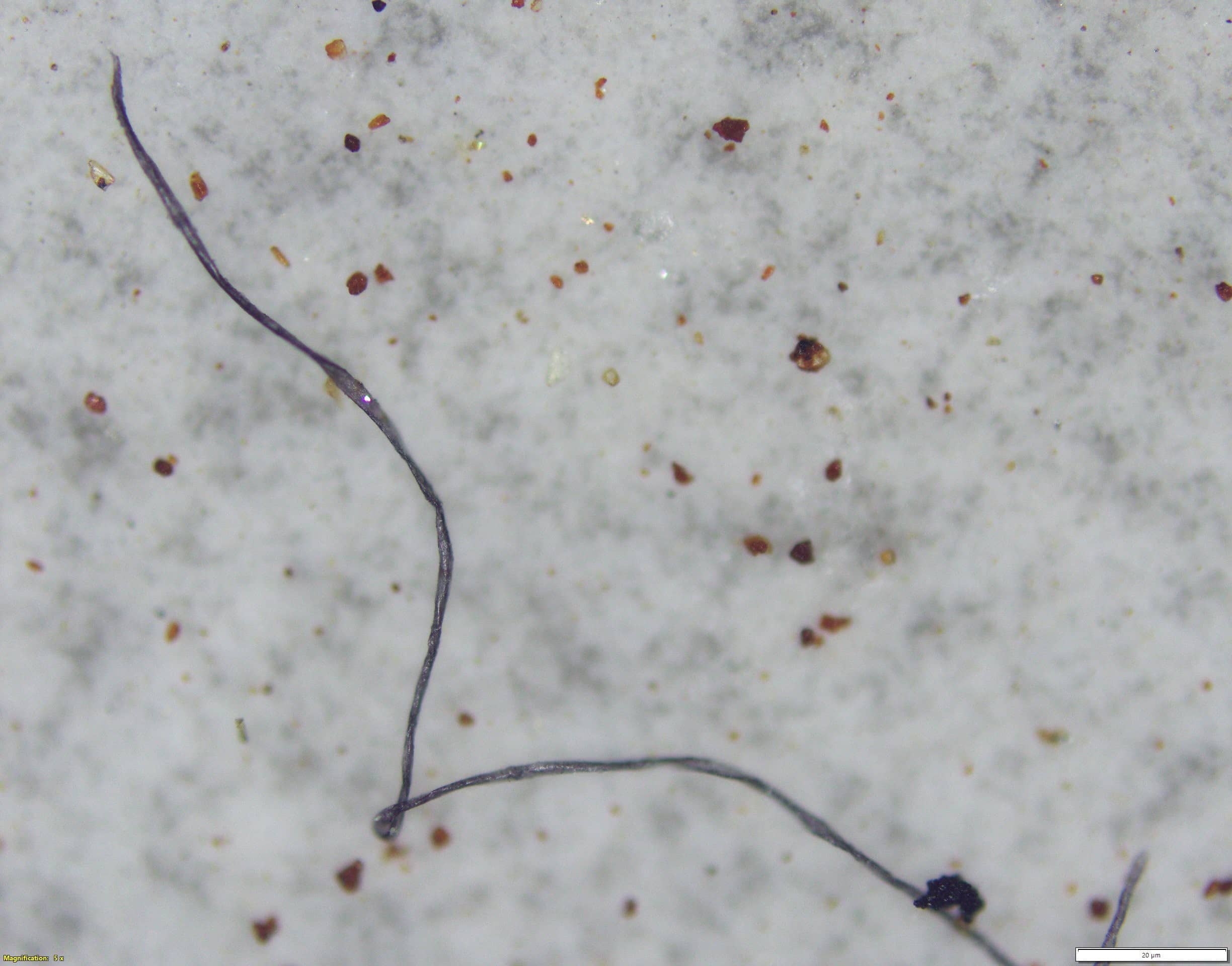In discussion with a Komatsu representative, the customer advised of short fuel filter life and low horsepower output on their equipment. Two fuel samples were taken by the customer for the Komatsu CMS team to review and provide expert knowledge and advise.
The initial laboratory service proposed, was to perform ICP Spectrophotometric analysis on the samples to determine presence of contaminant elements and bacteria, as well as particle count.
Particle Count analysis reported to the ISO 4406 scale, showed both samples above the 18/16/13 cleanliness code for clean diesel fuel, thus the evaluation status classified as ACTION:
| Unit Name | Make | Model | Particle Count | %Ash Content | Bacteria(cfu/ml) | Lab Sample ID |
|---|---|---|---|---|---|---|
| Fuel Tank | Komatsu | WA470 | 20/18/14 | 0.0 | <103 | 2019022110807 |
| Non-Komatsu | Non-Komatsu | Non-Komatsu | 20/18/14 | 0.0 | <103 | 2019022110808 |
ICP analysis did not reveal any appreciable amounts of elements present in the fuel samples – probably due to the particle sizes being too large.
Further tests by the Komatsu CMS team was conducted to establish what contributed to the relatively high particle counts especially since ICP analyses did not generate any positive values for wear metals or contaminants.
Through Filtergram analysis, the CMS team filtered the fuel samples through 3-micron membrane filters and examined the residues under the optical microscope. Microscopic examination revealed the presence of fibrous material, metallic and non-metallic solids present – all of which were too large to be analysed by ICP spectrometry.
Though comprehensive analysis using microscopy techniques, the residues from the filtered fuel samples showed both fuel samples to be heavily contaminated, at varying amounts, with solid particles. This would account for the high ISO Particle counts on the fuel samples. As a result, the evaluation status returned as ACTION, indicating attention was required as soon as possible.
The fuel tank of both machines required further inspection or replacement. In doing so, the customer would avoid costly fuel-related issues such as damage to fuel injectors and pistons and allow for extending the life of fuel filters.
At the conclusion of the Condition Monitoring Services report, a senior technician made a phone call to customer.
During the call, Komatsu advised of the presence of metallic and non-metallic particles as well as clumps of fibrous foreign material in the fuel. This indicated poor contaminated fuel, possibly from a contaminated fuel tank. It was recommended to have the both fuel tanks inspected and replaced as soon as possible.
To avoid costly downtown and further damage to other parts of the WA470, the customer immediately ordered a replacement fuel tank assembly via Komatsu’s online portal at my.komatsu.com.au.
Once the customer fitted both machines with a new fuel tank, new oil samples were taken. This would allow Komatsu CMS to analyse trends and identify whether any foreign materials were still present in the fuel.
The results returned to normal levels, confirming the fuel no longer had the presence of foreign materials. The customer continued to sample both machines on a regular basis in order to monitor machine health and maximise machine uptime.

|
 |
|
Fig 1:First fuel sample (at X 50 magnification) returned numerous clumps of fibrous material present in the diesel fuel from fuel tank |
Fig 2:The same fuel sample (at X 100 magnification) displayed larger solid particles (metallic and non-metallic particles), 8 to 9 microns in size |

|
 |
| Fig 3: The second fuel sample (at X 100 magnification) displayed large amount of metallic and non-metallic particles. Majority of the particles were between 4 to 12-micron sizes | Fig 4:The second fuel sample (at X 100 magnification) also has a long strand of foreign material amongst 6.6 to 10.3-micron debris |